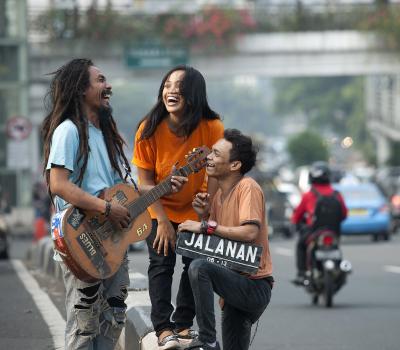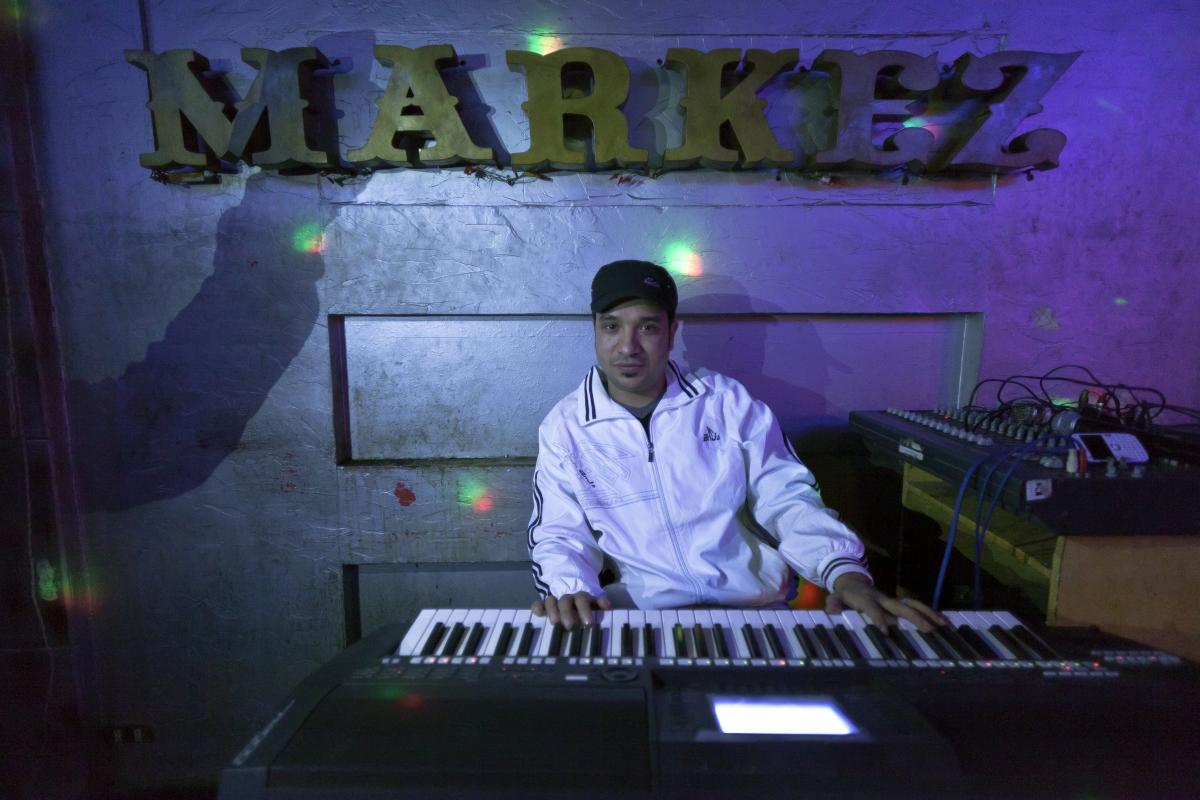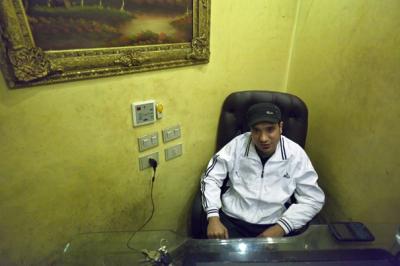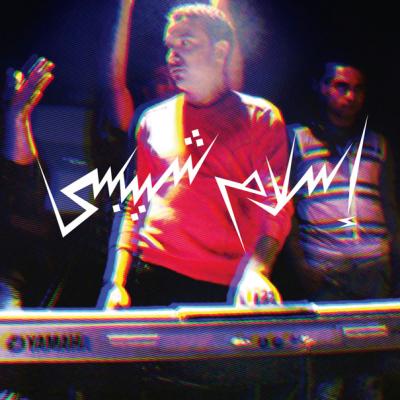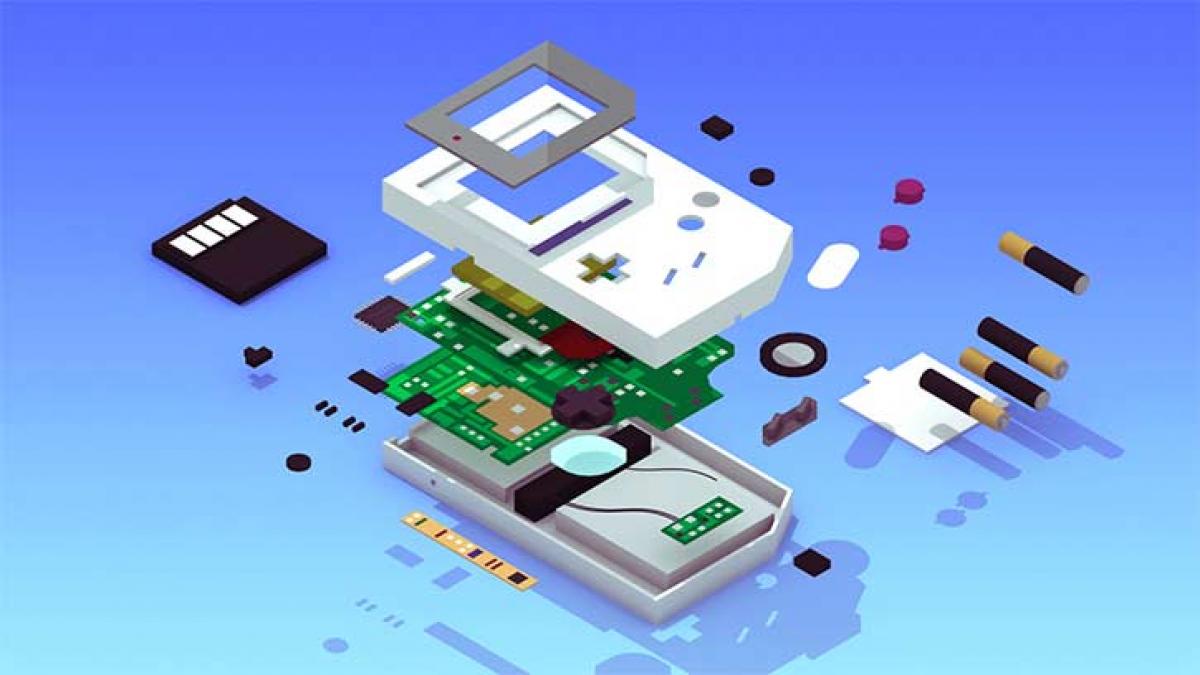
8-Bit Music from Europe
Europe in 8 Bits explores the colorful world of chipmusic. The raw aesthetics of this musical culture come from the sound of early home computers and old videogames consoles. Filmmaker Javier Polo shows how passionate musicians turn these «limited» machines into surprising musical instruments. And he and opens a new chapter in the well-known story about humans and machines.
Did you ever get to own early home computers such as the Commodore 64, Atari ST, and Amiga 1000? Did you spend your youth – and perhaps, part of your adult life – playing videogames on consoles such as the Nintendo Game Boy, Nintendo Entertainment System, or SEGA Master System? Were you ever fascinated by the sounds and graphics of these platforms? Whether you answered «yes» or «no» to the above questions, you have a reason to watch Europe in 8 bits.
Javier Polo's documentary tells the story of chipmusic and the chipscene, particularly within the geographical area of Europe. Chipmusic is not videogame music, as certain people mistakenly understand it. It is a kind of electronic music characteristic of early home computer and videogame consoles’ sound properties. And it is a whole musical culture connected to the demoscene, a 1980s computer culture.
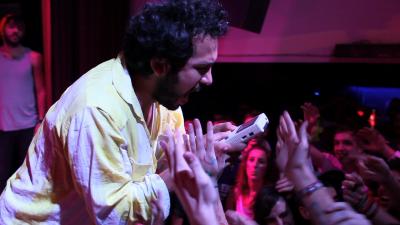
Compressed Sounds from the Demoscene
Demosceners created ‘demos’ that were short audio-visual presentations on early home computers. The aims were to showcase their programming skills and extend the capacities of their platforms by manipulating their technological limitations. During the 1990s, certain demosceners and other computer music composers focussed on the musical functions of early home computers. By coding music on Trackers, which was music-making software for the original platforms as well as modern computers, composers created electronic music which was often labelled as «chiptune(s)», «tracker music», «mod music», or «8-bit music».
Towards the end of the 1990s, Zurich-based Micromusic.net, the first online chipmusic community and netlabel, was launched. In the years that followed, chipmusicians composed chiptunes and uploaded them on online communities, where others could download them for free; they released their music via diverse netlabels; the collaborated, interacted, and communicated in digital and physical places and formed a transnational social network.
More than Retromania
If you think chipmusic is all about retro-nostalgia, this documentary will prove you wrong. However, there will be times that viewers will inevitably think of the chipscene as yet another male-dominated geek collective driven by their enchantment of technology – which, on one level, can be true. The other side of the coin though presents the chipscene as a network of artists who aim at being creative in their own terms, covering diverse musical genres, from lo-fi electronica to rock music. The director Javier Polo takes the theme of passion for the machines and extrapolates it, creating an indicative introspective on the chipscene. Chipmusic practitioners underline the significance of «raw» sound for their music. They communicate how they negotiate creativity through their passion for obsolete sounds and technologies and how they appreciate the collectiveness of the chipscene – this is also proven by the fact that Europe in 8 bits was partially funded by means of crowdsourcing, which shows how supportive the chipscene can be.
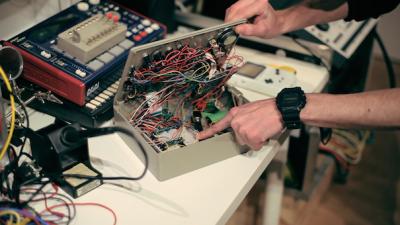
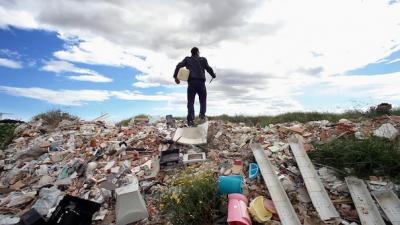
Director: Javier Polo
Producers: Lina Badenes and Javier Polo
Producer Company: Turanga Films
Cinematography: Álex Asensi and Vince Merino
Editing: Yago Muñiz
Sound Design: Álex Bordanova
Postproduction: Javier Santaella
Visual Effects: Xavier Nácher
Animation: Device
Colorist: Samuel Domingo
Biography
Published on January 16, 2015
Last updated on August 21, 2020
Topics
Why does a Kenyan producer of the instrumental style EDM add vocals to his tracks? This topic is about HOW things are done, not WHAT.
From the music format «78 rpm», the melancholic echoes of a dubbed out rave night in London, and parodic mockings of «perfect house wifes» by female Nigerian pop musicians.
How does the artits’ relationship to the gear affect music? How to make the climate change audible?
Snap


